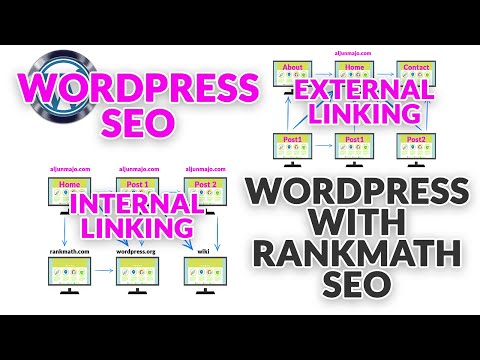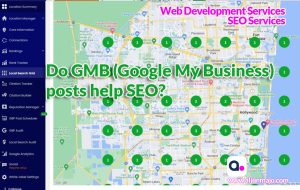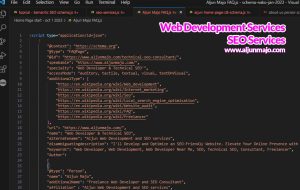Why Internal Linking Matters for SEO: Best Practices and Strategies
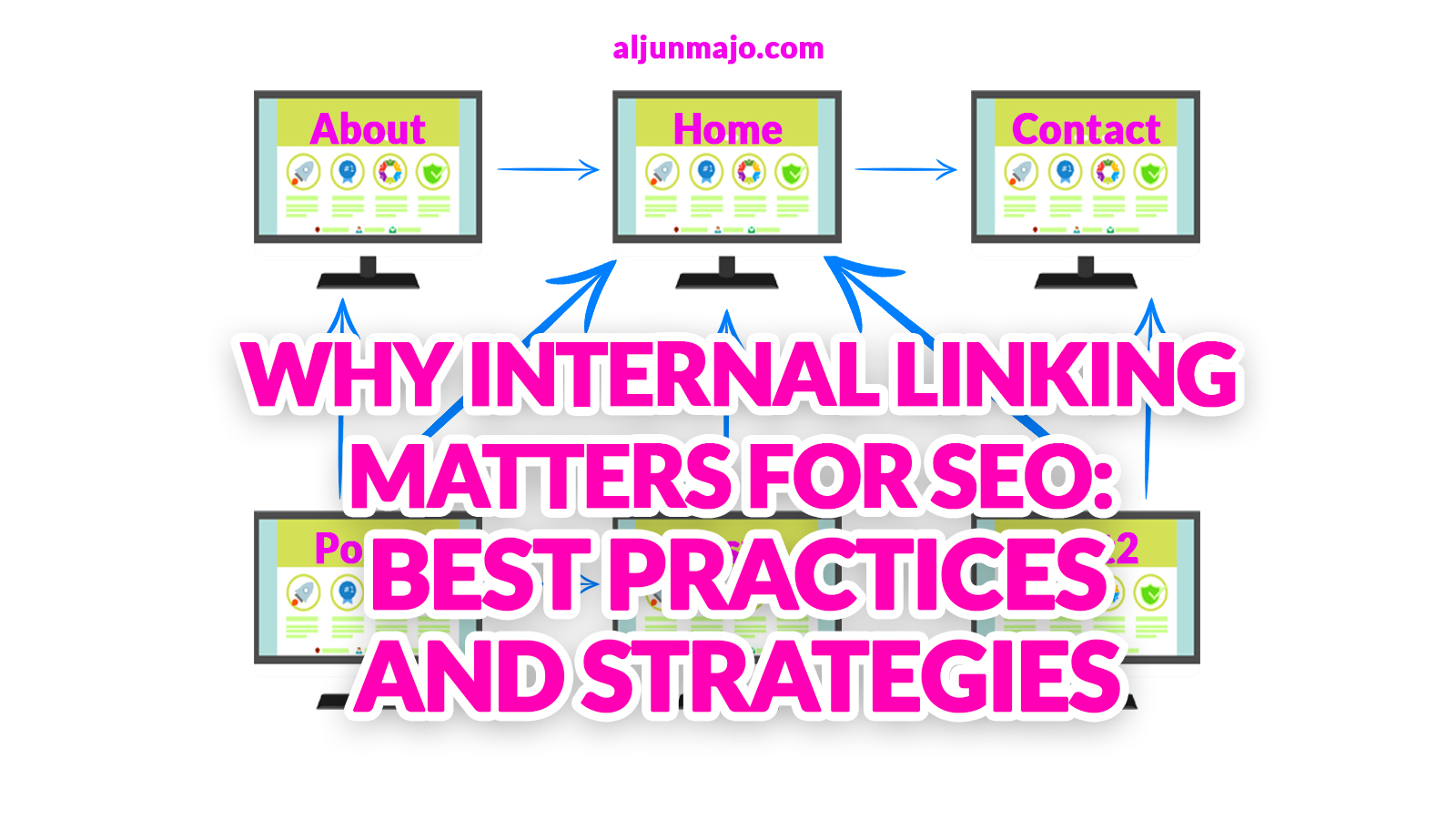
Internal linking is an essential strategy for Search Engine Optimization (SEO) that involves linking your website to other pages within the same website. By doing so, you can help search engines understand the structure of your website and the relationship between different pages, which can result in better rankings and more visibility for your website. This blog post will explore why internal linking is important for SEO and how you can implement it effectively on your website.
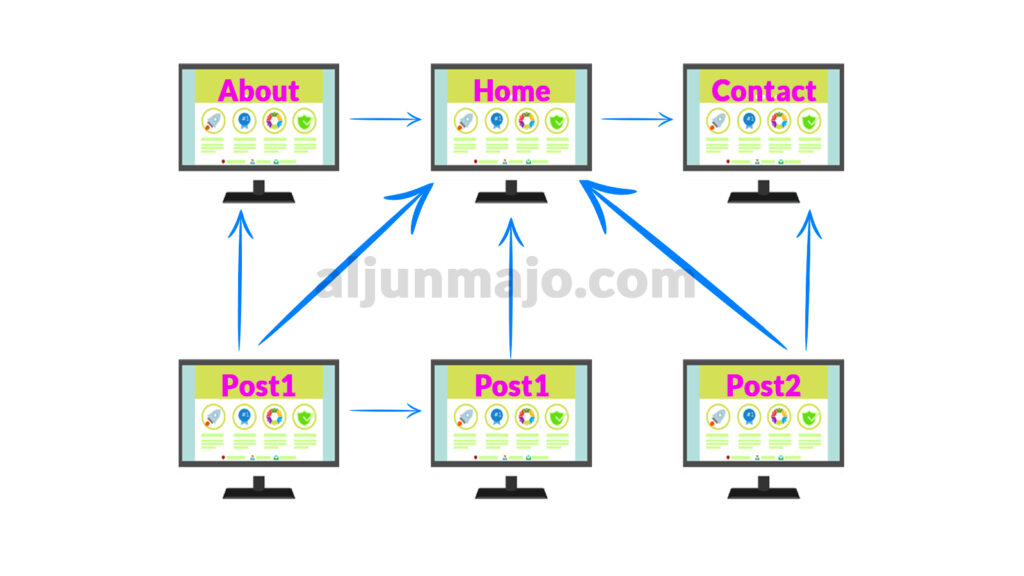
To make things easier, I’ve created a table of contents to help you navigate my Why Internal Linking Matters for SEO
Table of Contents
Why is Internal Linking Important for SEO?
There are several reasons why internal linking is important for SEO. Firstly, it helps search engines crawl and index your website more efficiently. By providing links between different pages, search engines can discover new content and understand how different pages are related, leading to better visibility and higher rankings.
In addition, internal linking can also help to distribute authority and page rank throughout your website. When you link to a page on your website from another page, you are effectively passing some of the authority and value of that page to the linked page. This can help improve your website’s overall authority and ranking potential, making it more likely to rank well in search results.
Internal linking can also help to improve the user experience of your website. By providing links to related or relevant content, you can help users find the information they are looking for more easily and keep them engaged with your website for longer. This can lead to lower bounce rates, higher time-on-site, and more conversions and sales.
How to Implement Internal Linking for SEO
Now that you understand why internal linking is important for SEO let’s look at some practical ways to implement it effectively on your website.
Create a Site Structure
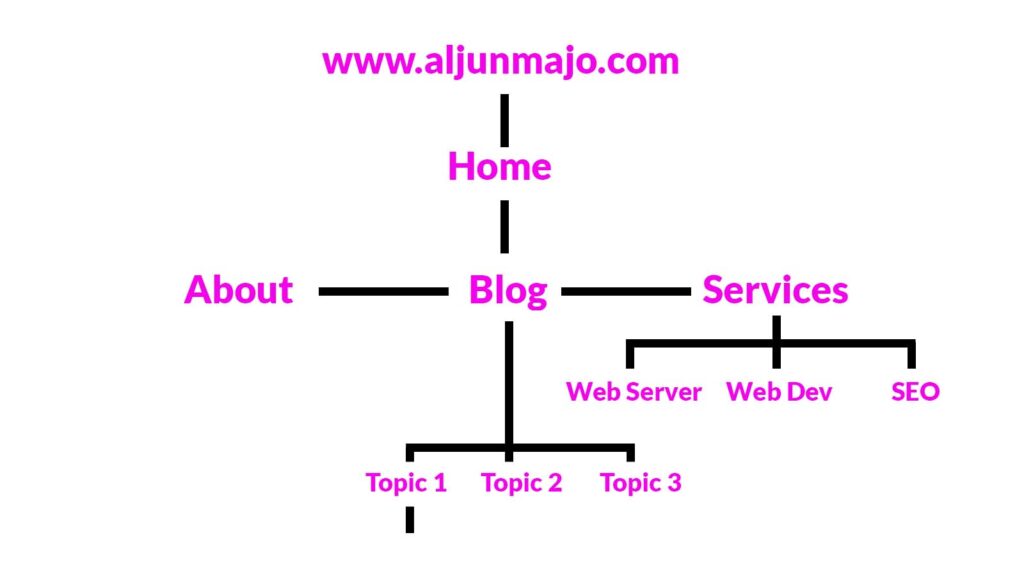
The first step to effective internal linking is to create a clear site structure that makes it easy for users and search engines to navigate your website. This involves organizing your content into logical categories and subcategories and using clear and descriptive URLs and page titles.
When creating your site structure, it’s important to consider the user journey and how you want users to navigate your website. This can help you identify key pages and topics you want to link to from other pages on your website.
Use Descriptive Anchor Text
The anchor text of your internal links is also important for SEO. Anchor text is used to create a hyperlink, and it helps search engines understand the context and relevance of the linked page.
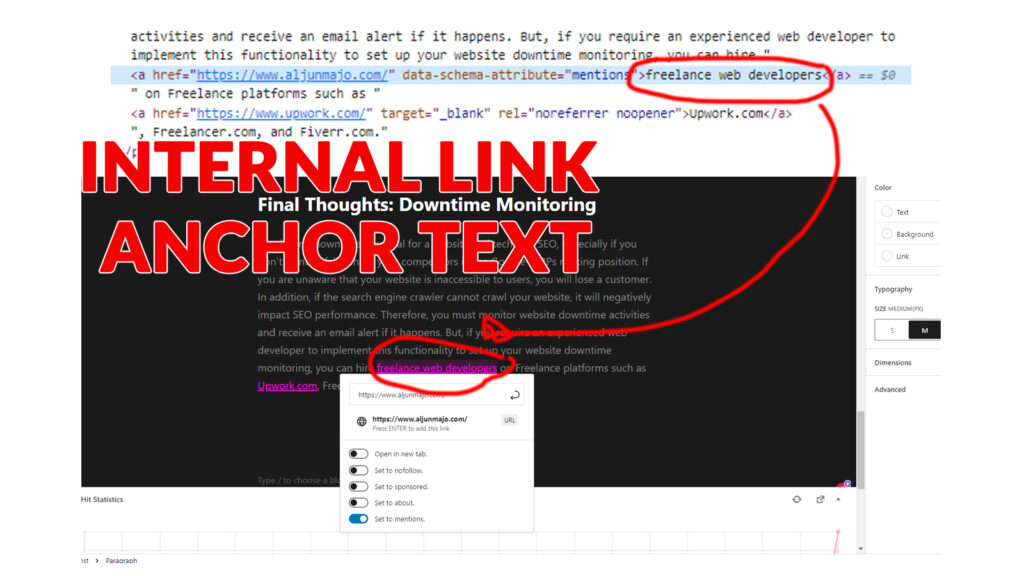
When creating internal links, it’s important to use descriptive and relevant anchor text that accurately describes the linked page. Common internal linking mistakes include using a generic or vague anchor text like “click here” or “read more,” as this doesn’t provide any context for search engines or users.
Link to Relevant Content
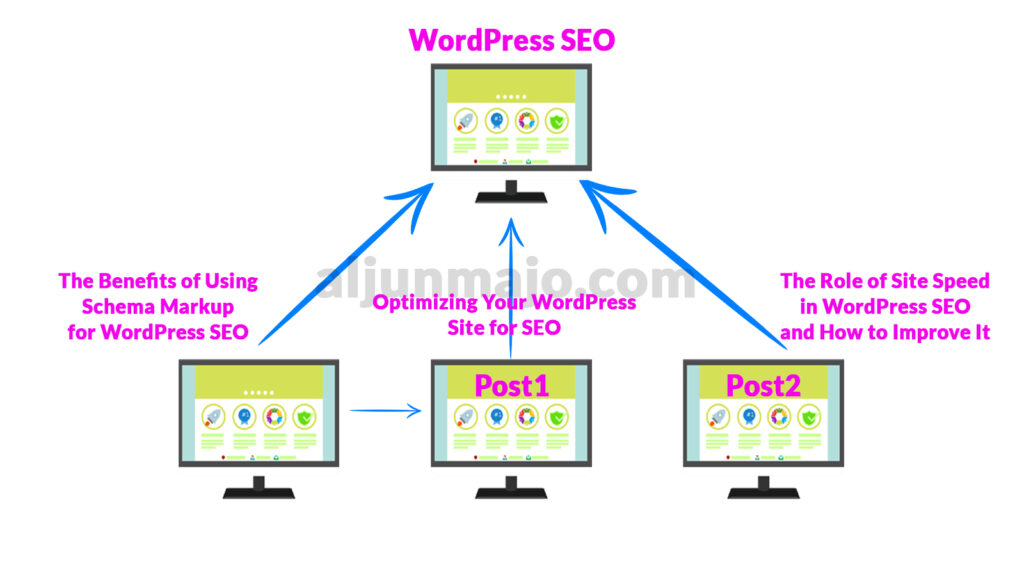
Another important aspect of internal linking is to link to relevant and related content. This helps improve your website’s user experience and helps search engines understand your content’s topical relevance.
When linking to other pages on your website, try to use natural and relevant linking opportunities that make sense in the context of the page. For example, if you’re writing a blog post about “7 WordPress SEO Tips,” you might include internal links to other blog posts or pages on your website that provide more information on each of the seven tips.
Use a Hierarchical Linking Structure
A hierarchical linking structure involves linking from higher-level pages to lower-level pages within your site structure. For example, you might have a homepage that links to category pages, which links to individual product pages.
This type of linking structure can help search engines understand the hierarchy and structure of your website and can also help to distribute authority and page rank more effectively throughout your website.
Use a Sitemap
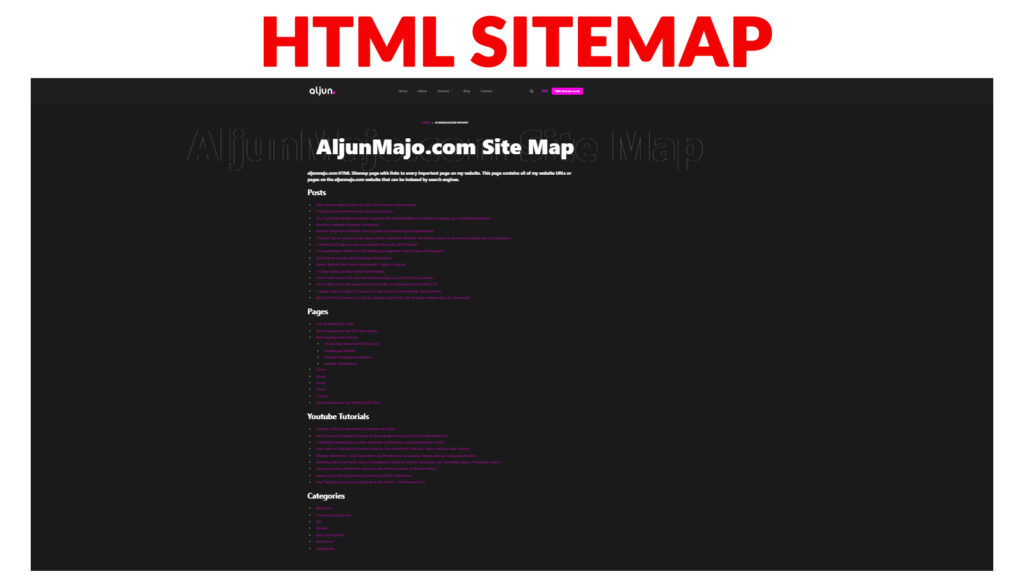
Finally, it’s important to create an HTML or/and XML sitemap that provides a complete overview of your website’s structure and content. A sitemap is a file that lists all the pages on your website, along with information about when they were last updated and how frequently they change. By submitting a sitemap to search engines like Google, you can help them crawl and index your website more efficiently, leading to better visibility and higher rankings. In addition, a sitemap can help you identify any issues with your site structure or internal linking and ensure that all pages on your website are being indexed and ranked correctly.
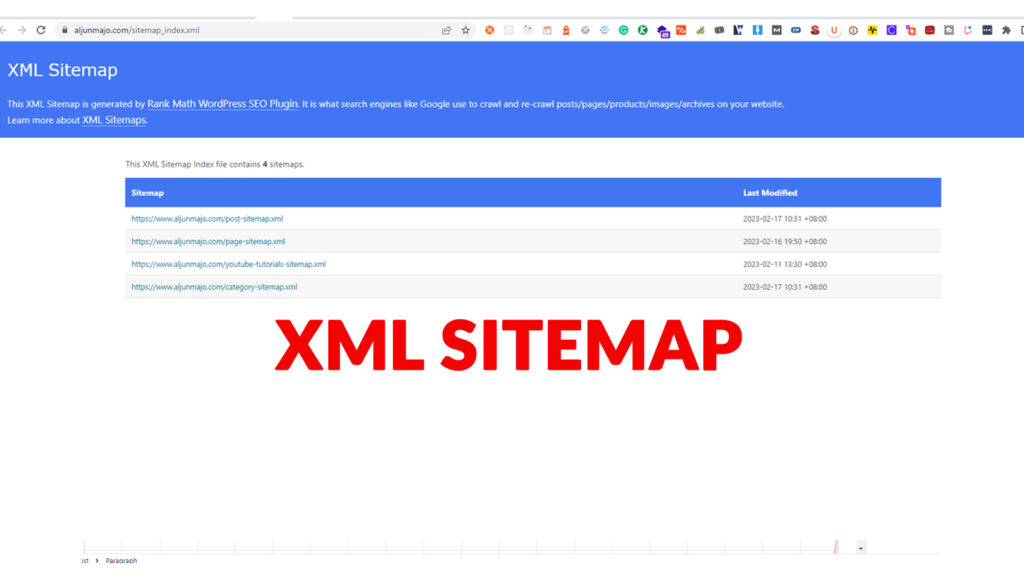
Best Practices and benefits of internal linking
Now that we’ve covered the basics of internal linking for SEO let’s look at some best practices and tips to help you get the most out of your internal linking strategy.
Use a Balanced Approach to Internal Linking and SEO
When it comes to internal linking, it’s essential to use a balanced approach that provides value to search engines and users. This means creating relevant and valuable internal links to users while helping search engines understand your website’s structure and hierarchy.
Avoid over-optimizing your internal linking by creating too many links or using exact-match anchor text. Instead, focus on creating natural and valuable links that add value to the user experience and help guide users through your website.
Internal Linking is Supercritical for SEO & User Experience
The user experience should always be your top priority when creating internal links. This means linking to relevant and useful content to users and making it easy for them to navigate your website and find the information they need.
Avoid creating links purely for SEO purposes or linking to content that is not relevant or useful to users. Instead, focus on creating a website that provides value and a positive user experience, which can lead to better rankings and more conversions over time.
Use Analytics to Monitor Performance
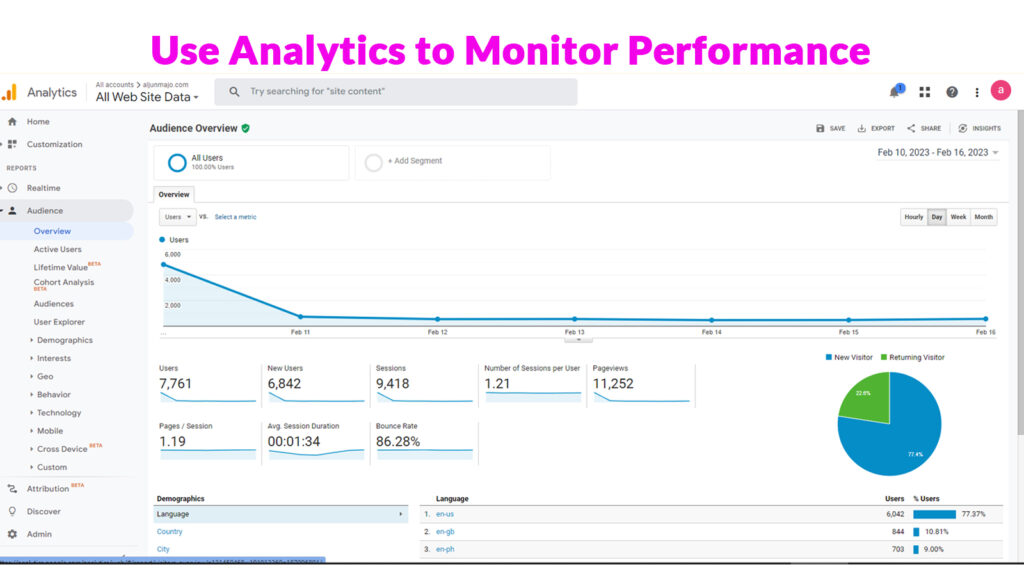
To ensure that your internal linking strategy is working effectively, it’s important to monitor and analyze the performance of your website over time. This involves using analytics tools like Google Analytics to track metrics like bounce rate, time on site, and conversion rate.
By analyzing these metrics, you can identify areas of your website that are performing well and areas that need improvement. You can then use this information to adjust your internal linking strategy and improve your website to better meet the needs of your users and search engines.
Create Content Hubs
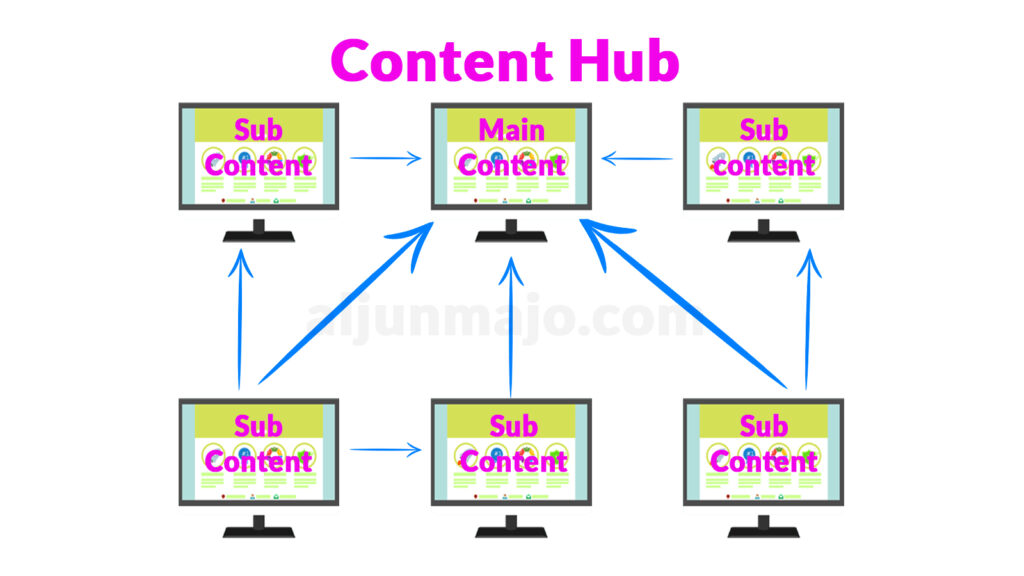
A content hub is a centralized page or section of your website that focuses on a specific topic or theme. By creating a content hub, you can link to related content from within the hub, which can help increase your website’s topical relevance and improve the user experience.
For example, if you have a blog covering various topics, you might create a content hub focusing specifically on SEO. This hub might include links to your most popular SEO blog posts and links to other pages on your website that provide more information on SEO.
Optimize for Mobile
Finally, ensuring that your internal linking strategy is optimized for mobile users is important. With more than 50% of internet traffic now coming from mobile devices, creating a mobile-friendly website and providing a positive user experience on all devices is essential.
This means using responsive design to ensure that your website looks and functions well on all screen sizes and optimizing your internal linking for mobile users. This might involve creating larger buttons and links that are easy to click on a small screen or using a mobile-specific menu that makes it easy for users to navigate your website on a mobile device.
Final Thoughts: Internal Linking strategies
Finally, internal linking is so important for SEO that it can significantly impact your website’s search engine rankings, user experience, and overall success. You can help search engines understand your site structure, increase user navigation and engagement, and distribute link equity to boost the exposure of your most important pages by strategically placing internal links throughout your site.
Simply follow the tips above to get the most out of your internal linking strategy. By implementing these tips, you can establish an effective internal linking strategy that improves your website’s SEO and helps you achieve your business goals.
But, if you have difficulty with internal linking due to a lack of knowledge about SEO and how to perform it, you can hire SEO freelancers from freelancing sites such as Upwork.com, Freelancer.com, and Fiverr.com.

